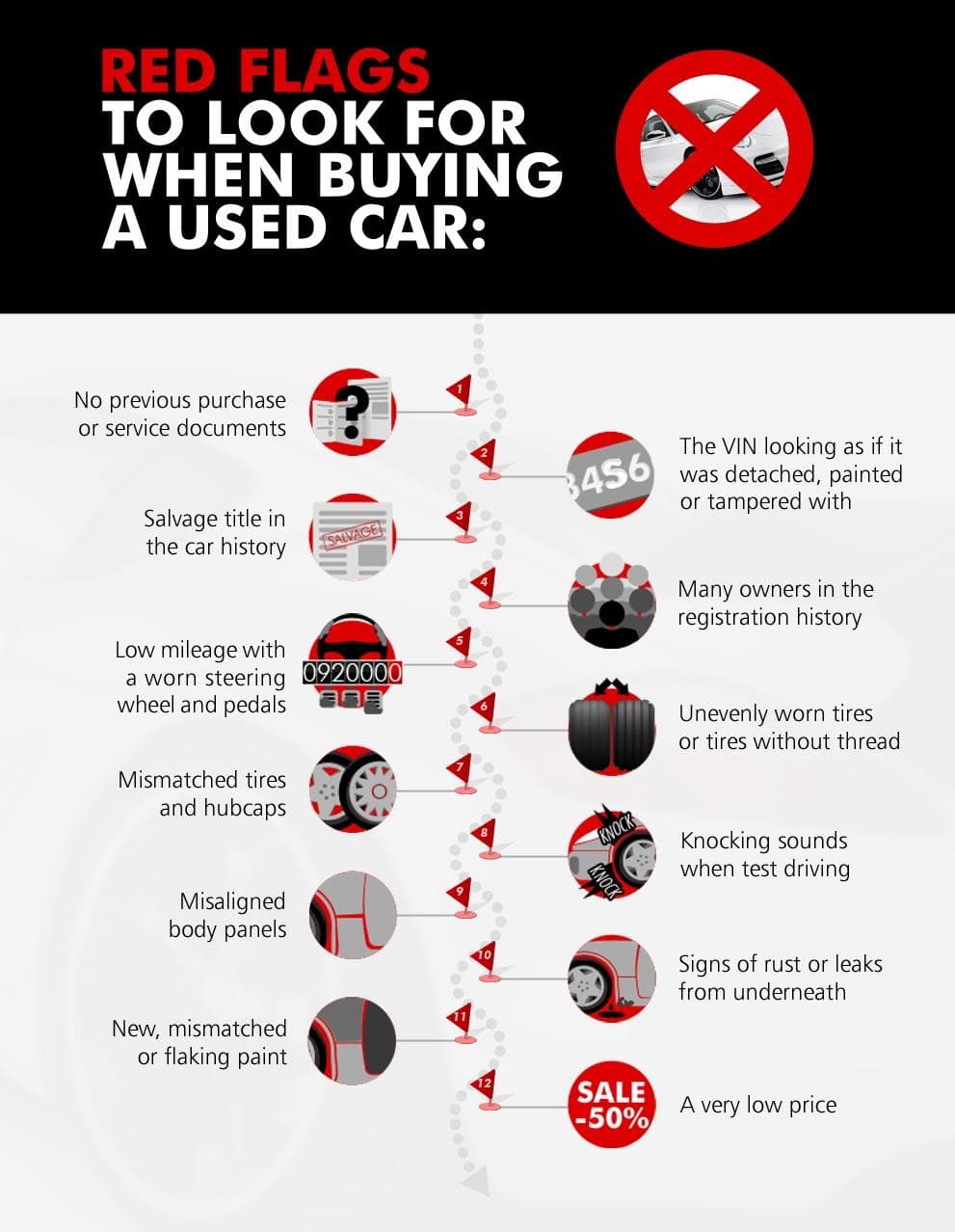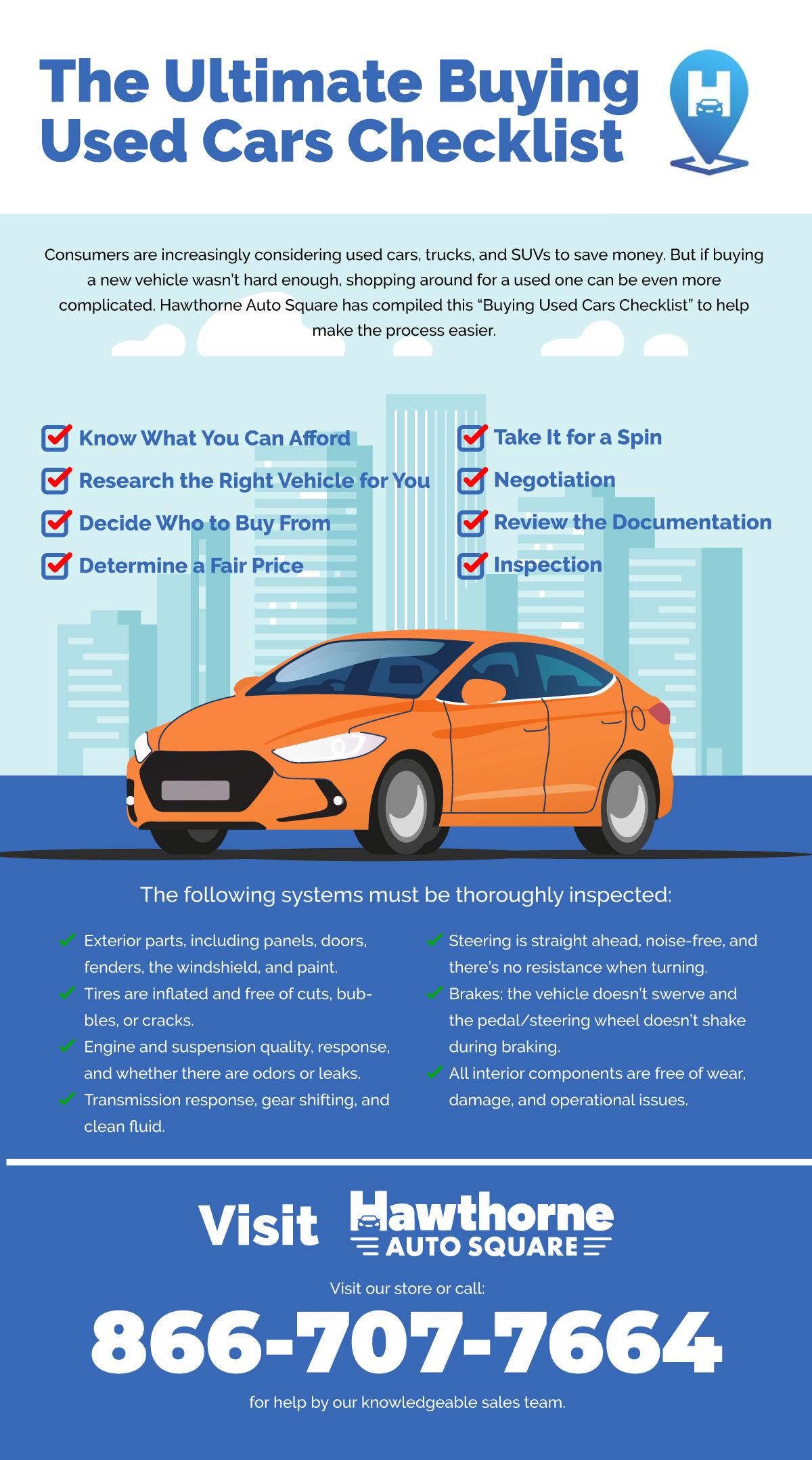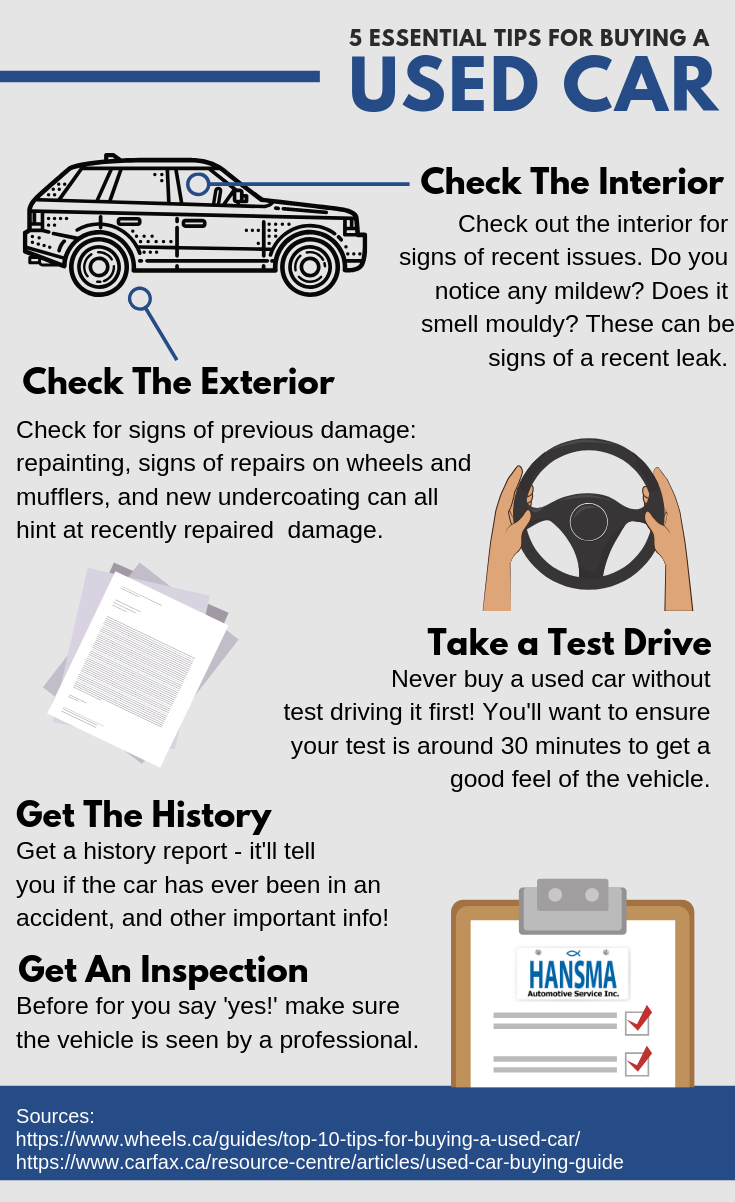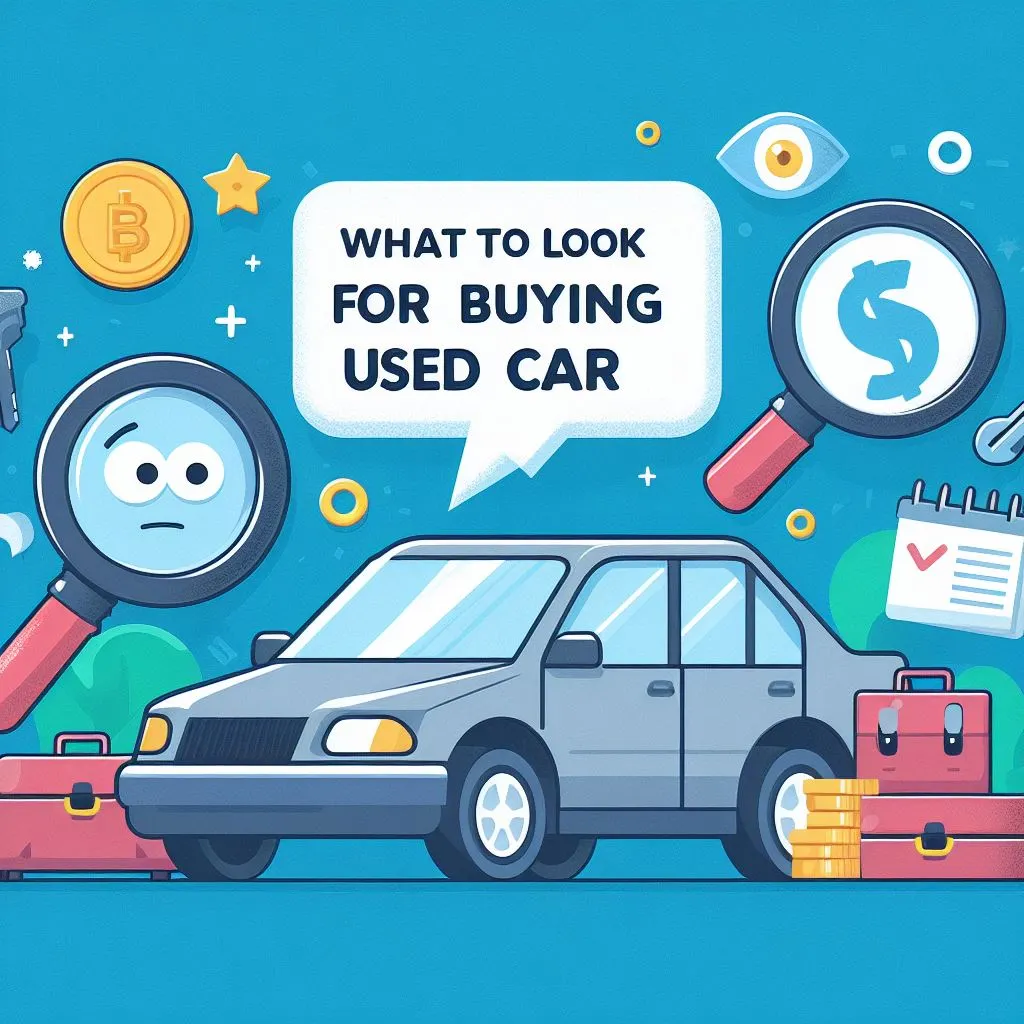When buying a used car, inspect its history report and conduct a thorough mechanical check. Evaluate the vehicle’s condition, mileage, and ownership history for informed decision-making.
Purchasing a pre-owned car can be a sensible financial decision, offering the benefits of substantial savings compared to buying a new one. To navigate this process effectively, pay attention to key factors that can influence your investment’s value and longevity. Considering the vehicle’s maintenance records and a test drive to assess performance is crucial.
Certified pre-owned (CPO) options often provide added peace of mind with manufacturer-backed warranties and detailed inspections. Checking for signs of wear and tear, understanding the car’s title status, and being aware of potential upcoming costs are important steps. With careful evaluation and due diligence, you can find a reliable used vehicle that meets your needs without the new car price tag.

Credit: www.goldeagle.com
Assessing Vehicle History
Before you sign the papers for a used car, know its past. A vehicle’s history reveals much about its condition. Whether it faced accidents or got repairs, service records guide you. Making an informed decision demands a thorough history check.
Checking For Accidents And Repairs
Accidents can hide beneath shiny paint. Not all damages are visible. Look for:
- Vehicle history reports: Tools like CARFAX provide crucial info.
- Mismatched paint: It hints at bodywork after an accident.
- Panel gaps: Uneven gaps between panels can indicate poor repair.
- Welding marks: Inspect under the car for unnatural welding spots.
Ask the owner about any inconsistencies. They must explain any issue the report reveals.
Understanding The Service Records
Service records shed light on the car’s care level. What to check:
- Regular maintenance: Shows the car received timely oil changes and tune-ups.
- Major services: Look for records of belt replacements and other big repairs.
- Recall info: Ensure the car had all the necessary factory recalls addressed.
No records? The risk of unpredicted repairs increases. Always push for a complete history.
| Item | Significance |
|---|---|
| Accident history | Reveals any major impacts or collisions. |
| Service intervals | Indicates how well the car was maintained. |
| Recall completions | Confirms the car’s compliance with safety standards. |
Remember, a clean history supports a sound investment in a used car.
Examining The Car’s Condition
Buying a used car is a smart move. But keep an eye on the car’s health. A shiny coat might hide issues. Always check the car’s condition.
Inspection Under The Hood
Pop the hood and start your detective work. Here’s a quick checklist:
- Check the engine for leaks, rust, and wear.
- Inspect belts and hoses for cracks and proper tension.
- Look at fluid levels. Low levels might suggest leaks.
- Examine the battery for clean terminals and a firm fit.
Don’t miss the oil color. Dark oil could mean trouble.
Interior And Exterior Evaluation
Now check inside and outside the car. Look at these:
| Interior Checks | Exterior Checks |
|---|---|
| Seat condition | Paint consistency |
| Dashboard function | Body for dents or rust |
| Carpet stains or odors | Window cracks or chips |
| Electronic features | Tire wear and tread |
Open and shut all doors. Listen for squeaks. Push every button. All gadgets should work.
Understanding Ownership Costs
Smart buyers know that the cost of a used car is more than the sticker price. Think about the total money you will spend over time. This part of the guide will shine a light on the ownership costs that are not always clear at first glance.
Estimating Maintenance Expenses
Maintenance keeps your car healthy. Check past records to guess future costs. Understand that older cars may cost more in repairs. Here’s how to estimate these expenses:
- Look at the car’s history. Service logs can tell you how well the car was kept.
- Model and brand matter. Some cars are known for reliability; others are not.
- Ask a mechanic. Get an expert’s opinion on potential costs.
Remember to set aside money for unexpected repairs too. A well-maintained car can still have surprise issues.
Insurance And Depreciation Factors
The car’s value drops over time. This is called depreciation. Insurance premiums also add to the costs. Let’s explore these aspects:
| Car Age | Insurance Cost | Depreciation Rate |
|---|---|---|
| Newer Models | Higher Premiums | Faster Drop |
| Older Models | Lower Premiums | Slower Drop |
Get an insurance quote before buying. Know the car’s resale value too. This can help you understand how the car’s value will change and affect your wallet in the long run.

Credit: hawthorneautosquare.com
Conducting A Professional Inspection
Conducting a professional inspection remains a pivotal step when investing in a used car. This process uncovers potential issues that might not be apparent during a test drive or visual inspection. A detailed check can save future expenses and ensure peace of mind.
Benefits Of A Certified Mechanic Check
Entrusting a certified mechanic with a car’s inspection offers multiple benefits:
- Expert Evaluation: Mechanics possess the skills to spot problems you might miss.
- Advanced Diagnostics: They use specialized tools to diagnose underlying issues.
- Cost Prediction: A professional can estimate potential repair costs.
- Negotiation Leverage: Armed with a mechanic’s report, you can negotiate the car’s price effectively.
Interpreting The Inspection Report
The inspection report gives a snapshot of the car’s condition. Here’s how to interpret it:
- Overall Condition: Assess the general state of the car.
- Major Concerns: Pay attention to critical issues that need immediate attention.
- Maintenance History: Verify if regular maintenance was upheld.
- Recommended Repairs: Note the repairs suggested by the mechanic.
Understand these findings in the context of your budget and the car’s value. A clean report suggests a sound investment, while numerous issues may warrant reconsideration.

Credit: www.hansmaautomotive.com
Frequently Asked Questions Of What To Look For When Buying A Used Car
What Is The Most Important Thing To Consider When Buying A Used Car?
Consider the vehicle’s history report as the most crucial factor when purchasing a used car, to ensure reliability and avoid costly hidden problems.
What Should I Watch For When Buying A Used Car?
Examine the vehicle history report and check for consistent maintenance records. Inspect the car for any physical damage or rust. Always perform a thorough test drive to assess performance. Ensure the mileage aligns with the car’s age and appearance. Request a pre-purchase inspection by a trusted mechanic.
How Much Mileage Is Too Much For A Used Car?
There’s no strict cutoff, but typically, over 100,000 miles might be considered high for a used car. Aim for lower-mileage vehicles for longer longevity.
How Do You Tell If A Car Is A Good Buy?
To determine if a car is a good buy, check its reliability, and ownership costs, review its service history, and ensure a satisfactory test drive. Also, compare prices for similar models and inspect the vehicle’s condition meticulously.
What Are Common Issues In Used Cars?
Pre-owned vehicles may have wear and tear, mechanical issues, outdated technology, and no warranty. It’s crucial to inspect them carefully.
How To Check Used Car Accident History?
Obtain the vehicle’s history report using its VIN from trusted providers like Carfax or AutoCheck to uncover any past accidents or damage.
Conclusion
Embarking on the journey to purchase a pre-owned vehicle necessitates vigilance and informed decisions. Ensure mileage aligns with use and condition, secure a comprehensive history report, and insist on a thorough inspection. Remember, the right choice safeguards both your mobility and finances. Trust your instincts and happy car hunting!

